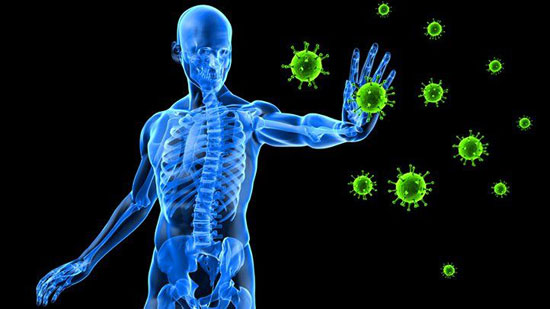How does the immune system know which microorganisms to attack? Turns out, it’s similar to speed dating
Researchers from the University of Freiburg have found evidence to suggest that the immune system could distinguish between self and non-self molecules through interacting with them. This team, led by biologists Wolfgang Schamel and Wilfried Weber, provided data that supported a hypothesis scientists have long held concerning how T cells differentiate between pathogens and the body’s cells.

One of the immune system’s primary responsibilities is to protect against harmful pathogens. To do this, it must distinguish the foreign invaders from the body’s cells. In order to act as the body’s security system, it must destroy these pathogens without harming the body’s own cells. T cells are an important component of the immune system. However, via their T cell receptor, they are known to bind not only to foreign pathogens, but also to non-pathogenic molecules, causing unnecessary damage to the body.
Cracking the immune system code
Exactly how the immune system is able to differentiate between self and non-self molecules remains a difficult question to answer. Many hypotheses are abound, such as one that believes T cells recognize invaders by reacting to the presence of damaged cells. In other words, they respond to the damage that the invaders have done to the host.
But since 1995, many scientists have held onto the belief that T cells differentiate between pathogens and non-pathogens by measuring how long the molecule interacts with the receptor. If the molecule binds with the T cell for a long time, the cell classifies it as a pathogen. If it binds for only a brief moment, it is a self molecule. While this theory was compelling for many scientists, they haven’t been able to prove it due to their inability to regulate the duration of the binding in controlled experiments.
Fortunately, a group of German and Dutch researchers from Freiburg was able to do exactly that. The team did this through bioengineering, or the use of engineering tools and principles to construct biological systems.
Bioengineering produced accurate results
The researchers, whose findings were published in the journal eLife, constructed a hybrid system that combined components from humans, plants, jellyfish and bacteria in order to equip their system with their desired properties. Through their work, they were able to precisely control how long cells would bind to T cell receptors and a synthetic ligand, a photoprotein they took from plants. The researchers used red light as a remote control. Their use of photosensitive proteins as a molecular switch is known as optogenetics.
With optogenetics in mind, the researchers built a platform known as OptoRobot, which helped them perform experiments on a vastly large number of T cell samples simultaneously. This aided in their desire to gain as much data as possible to obtain the accurate results they need to provide data-driven conclusions and suggestions for further research.
Schamel, Weber and their team found that if they used light conditions to make the photoprotein react only briefly with the T cell receptor, the T cells did not activate and register it as an invader. In light conditions that allowed a prolonged interaction with the ligand, the T cells activated and classified the cells as pathogens. Therefore, Schamel and Weber’s experiment provided evidence for the theory that T cells distinguish between pathogenic and non-pathogenic molecules on the basis of their interaction time.
The study provides scientists with a better understanding of how the immune system functions. It just goes to show how dangerous it is for the body to take in foreign pathogens, as it can also result in damage to healthy, self molecules.
yogaesoteric
March 22, 2020
